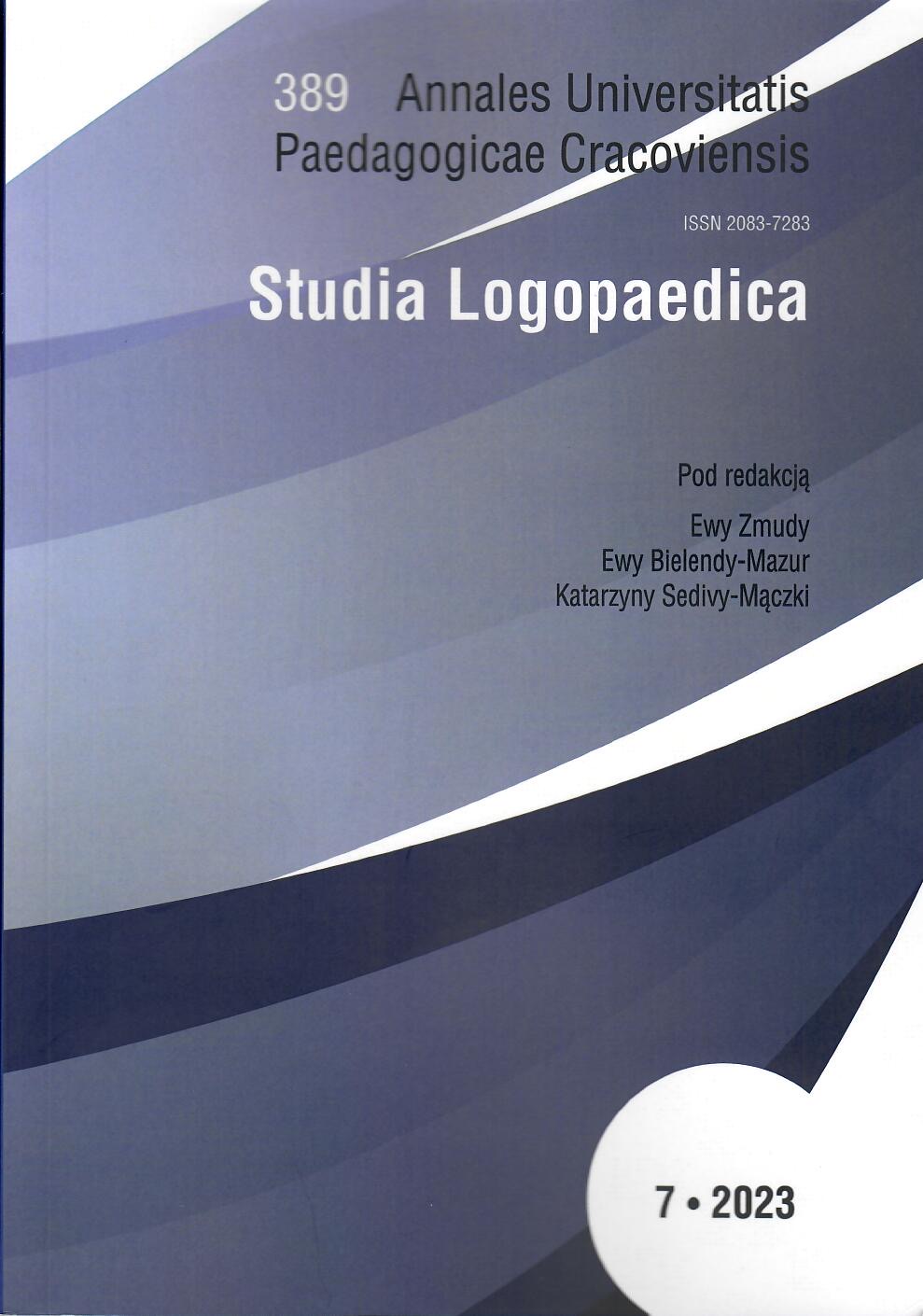Categorical and dimensional approaches in diagnosis using Asperger syndrome as an example
DOI:
https://doi.org/10.24917/20837283.7.6Keywords:
Asperger syndrome, dymensonian diagnosis, categorical diagnosis, autism, autism spectrum disorders (ASD)Abstract
In the latest medical classifications (DSM-5 and ICD-11), Asperger syndrome (AS) is no longer a separate nosological entity. It has been included in the category of autism spectrum disorder (ASD), which has significantly affected the lack of differential diagnoses. This is not the best solution for people with ASD, as it does not take into account the clear distinctions between autism and Asperger syndrome despite the presence of similarities. In addition to the similarities, Asperger syndrome is also characterized by numerous differences from autism, and these are not limited to differences of a quantitative nature (the severity of the deficits present). The dominance of the categorical treatment of the phenomena, both in the DSM and the ICD, plays a major role in perpetuating the problem.
References
Allen D.A., Rapin I. (1992). Autistic children are also dysphasic. In: H. Naruse, E. Ornitz (eds.), Neurobiology of infantile autism (pp. 73–80). Amsterdam: Excerpta Medica.
Google Scholar
Bishop D.V. (2010). Overlaps between autism and language impairment: phenomimicry or shared etiology? Behavior genetics, 40, 618–629.
Google Scholar
Bishop D.V. (2014). Ten questions about terminology for children with unexplained language problems. International journal of language & communication disorders, 49(4), 381–415.
Google Scholar
Bishop D.V.M. (2010a): Overlaps Between Autism and Language Impairment: Phenomimicry or Shared Etiology. Behavior Genetics, 40(5), 618–629.
Google Scholar
Compton W.M., Guze S.B. (1995). The neo‑Kraepelinian revolution in psychiatric diagnosis. European archives of psychiatry and clinical neuroscience, 245, 196–201.
Google Scholar
Everett D.L. (2019). Jak powstał język: historia największego wynalazku ludzkości. Warszawa: Prószyński i S‑ka.
Google Scholar
Fields R.D., Dzięcioł K. (2011). Drugi mózg: rewolucja w nauce i medycynie. Warszawa: Prószyński Media.
Google Scholar
Félix J., Santos M.E., Benitez‑Burraco A. (2022). Specific Language Impairment, Autism Spectrum Disorders and Social (Pragmatic) Communication Disorders: Is There Overlap in Language Deficits? A Review. Review Journal of Autism and Developmental Disorders, 1–21.
Google Scholar
Gamble C., Gowlett J.A., Dunbar R.I.M. (2017). Potęga mózgu: jak ewolucja życia społecznego kształtowała ludzki umysł. Kraków: Copernicus Center Press.
Google Scholar
Korendo M., Rutkiewicz‑Hanczewska M. Afazja rozwojowa i zespół Aspergera w kontekście diagnozy: o możliwości współwystępowania zaburzeń. W druku.
Google Scholar
Korendo M. (2013). Językowa interpretacja świata w wypowiedziach osób z zespołem Aspergera. Kraków: Centrum Metody Krakowskiej.
Google Scholar
Korendo M. (2022). Diagnoza dymensjonalna zespołu Aspergera. Poznańskie Studia Polonistyczne. Seria Językoznawcza, 29(2), 245–257.
Google Scholar
Nisbett R.E. (2010). Geografia myślenia: dlaczego ludzie Wschodu i Zachodu myślą inaczej?. Kultura i Edukacja, 3(77).
Google Scholar
Nowak K. (2015). Dymensjonalne podejście do zaburzeń osobowości – osobowość w DSM-5. Psychiatria, 12(2), 99–103.
Google Scholar
Nudel R., Christiani C.A., Ohland J., Uddin M.J., Hemager N., Ellersgaard D.V., Werge T. (2020). Language deficits in specific language impairment, attention‑deficit/hyperactivity disorder, and autism spectrum disorder: an analysis of polygenic risk. Autism Research, 13(3), 369–381.
Google Scholar
Rapin I., Allen D. (1983). Developmental language disorders: Nosologic considerations. In: U. Kirk (ed.), Neuropsychology of language, reading, and spelling (pp. 155–184). Amsterdam: Elsevier BV.
Google Scholar
Rounsaville B.J., Alarcón R.D., Andrews G., Jackson J.S., Kendell R.E., Kendler K. (2002). Basic nomenclature issues for DSM‑V. A research agenda for DSM‑V, 1–29.
Google Scholar
Trull T.J., Durrett C.A. (2005). Categorical and dimensional models of personality disorder. Annu. Rev. Clin. Psychol., 1, 355–380.
Google Scholar
Wing L. (1988). The Autistic Continuum. W: L. Wing (ed.), Aspects of Autism: biological research. (pp. 108–125). Londyn: Gaskell.
Google Scholar
Wing L. (1988). The continuum of autistic characteristics. In: E. Schopler, G.B. Mesibov (eds.), Diagnosis and assessment in autism (pp. 91–110). Boston, MA: Springer US.
Google Scholar







